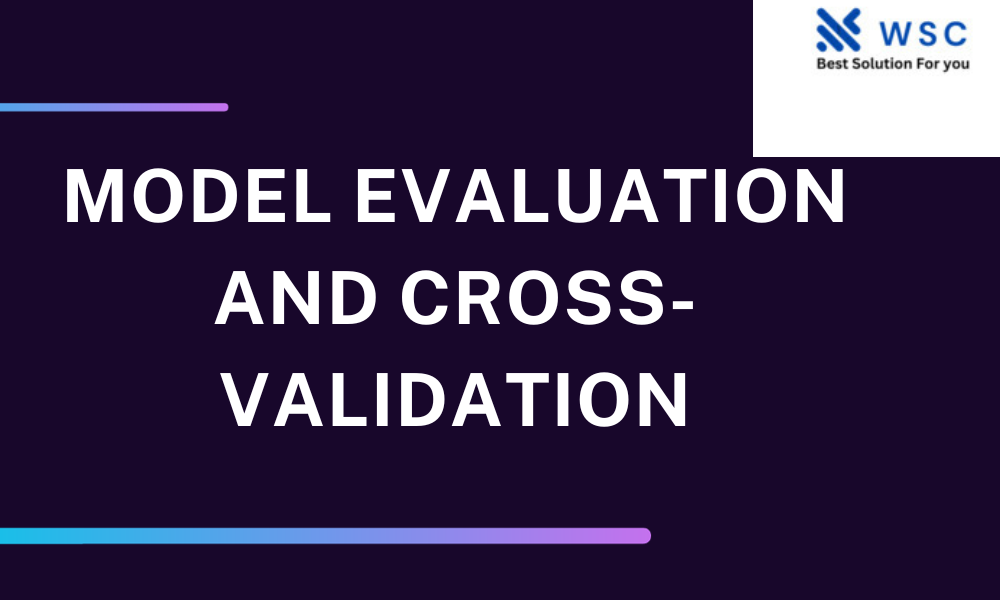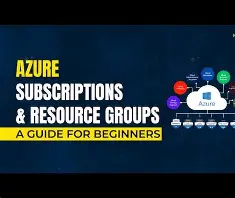Day 8 – Model Evaluation & Cross-Validation Techniques
Introduction Building a machine learning model is just half the journey. In 2025, evaluating model performance and ensuring its reliability is equally, if not more, important. At CuriosityTech.in (Nagpur, Wardha Road, Gajanan Nagar), we emphasize that even a high-accuracy model can fail in production if it isn’t properly evaluated. This blog dives deep into model […]
Day 8 – Model Evaluation & Cross-Validation Techniques Read More »




